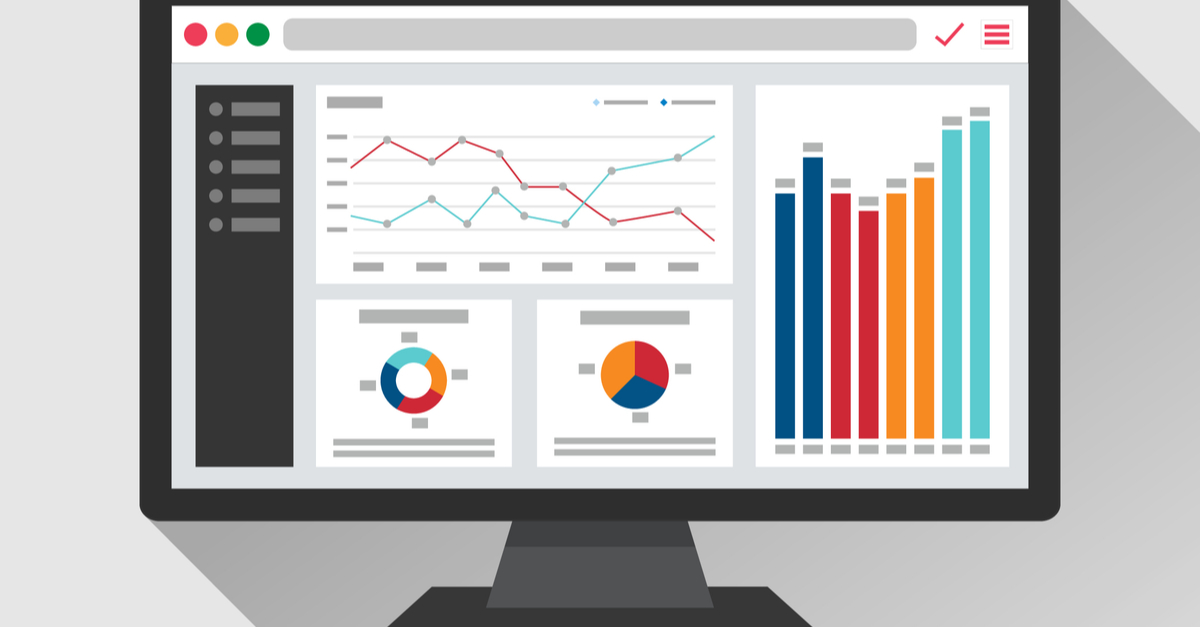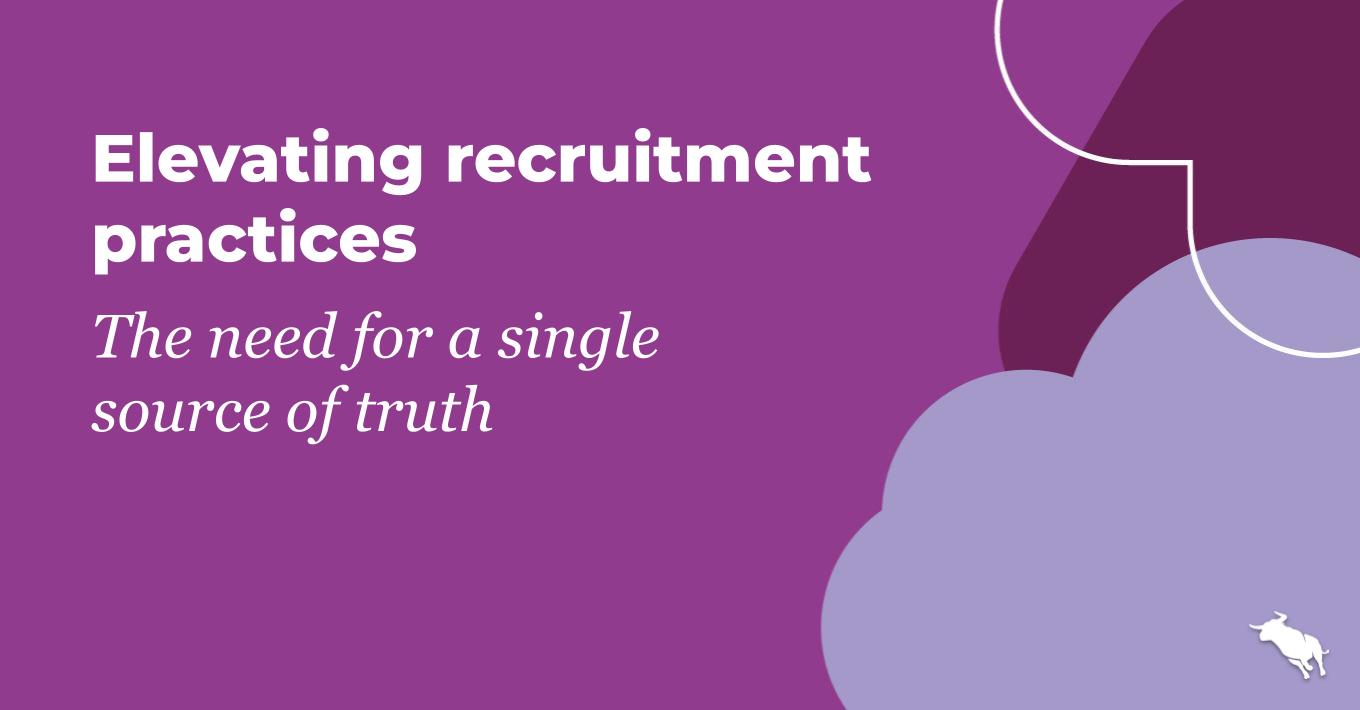How to Master Pay and Bill With Analytics: Profitability and Margin

Pay and bill is one of the most crucial elements of the business to get right and it’s also one of the trickiest. Inaccurate invoices are the fastest way to lose a client and damage your reputation. So how can you excel at pay and bill?
Providing accurate pay and bill experience ultimately comes down to using the right tools, implementing an effective process, and monitoring and tweaking that process accordingly. In this series, we’ll cover 5 KPIs that allow you to do exactly that. First up: profitability and margin.
What is it?
Current and accurate visibility into profitability is critical to understanding how your business is performing. Profitability provides valuable insight when measured in dollars your business earns after expenses (including different costs), and as a percentage of your total billable revenue.
What do profitability analytics tell me about my business?
The most fundamental question answered by profitability is simple: how much money is my business actually making? However, financial data becomes a much more powerful tool when it lives in the same system as your ATS and CRM data and can be calculated at the level of each individual contract or placement. When financial data is that granular, you can roll it up to easily answer a new set of important questions: How profitable is each line of my business? How does my margin differ by candidate source? What is my average profit per interview for a given team or segment?
It can be powerful to understand how different costs impact profitability and use this knowledge to inform strategic decisions; relevant costs include: direct labor costs, VMS fees, rebates and discounts, background checks and drug screens, overhead costs, and more. When you truly understand the successes (and failures) of each segment and activity of your business, you can then prioritize strategies and set goals to meaningfully improve growth and profitability.
How do you measure it?
Run a standard Gross Margin (GM) report for visibility into your business’ overall financial performance. Use ad-hoc reporting to segment your GM data to evaluate the profitability of each of your activities, prioritize resources, and proactively manage changing business conditions.
Consider combining with:
Recruiter and Sales activity metrics to draw conclusions about your most profitable activities. Perhaps your recruiter who brings in the most profit turns out to also schedule the most interviews with candidates and make the most calls. Alternatively, you could have a team who has done a huge volume of placements but the report shows that gross margin is lower than expected.
You can also dive deeper into profitability, in dollars or as a percent, by layering in different aspects of your business, including:
- By placement
- By recruiter
- By business line/industry
- By region
- By client
-
Want to read more about the topics that matter most to staffing professionals? Subscribe to the Bullhorn Blog for news, tips, interviews, trends, and more.





